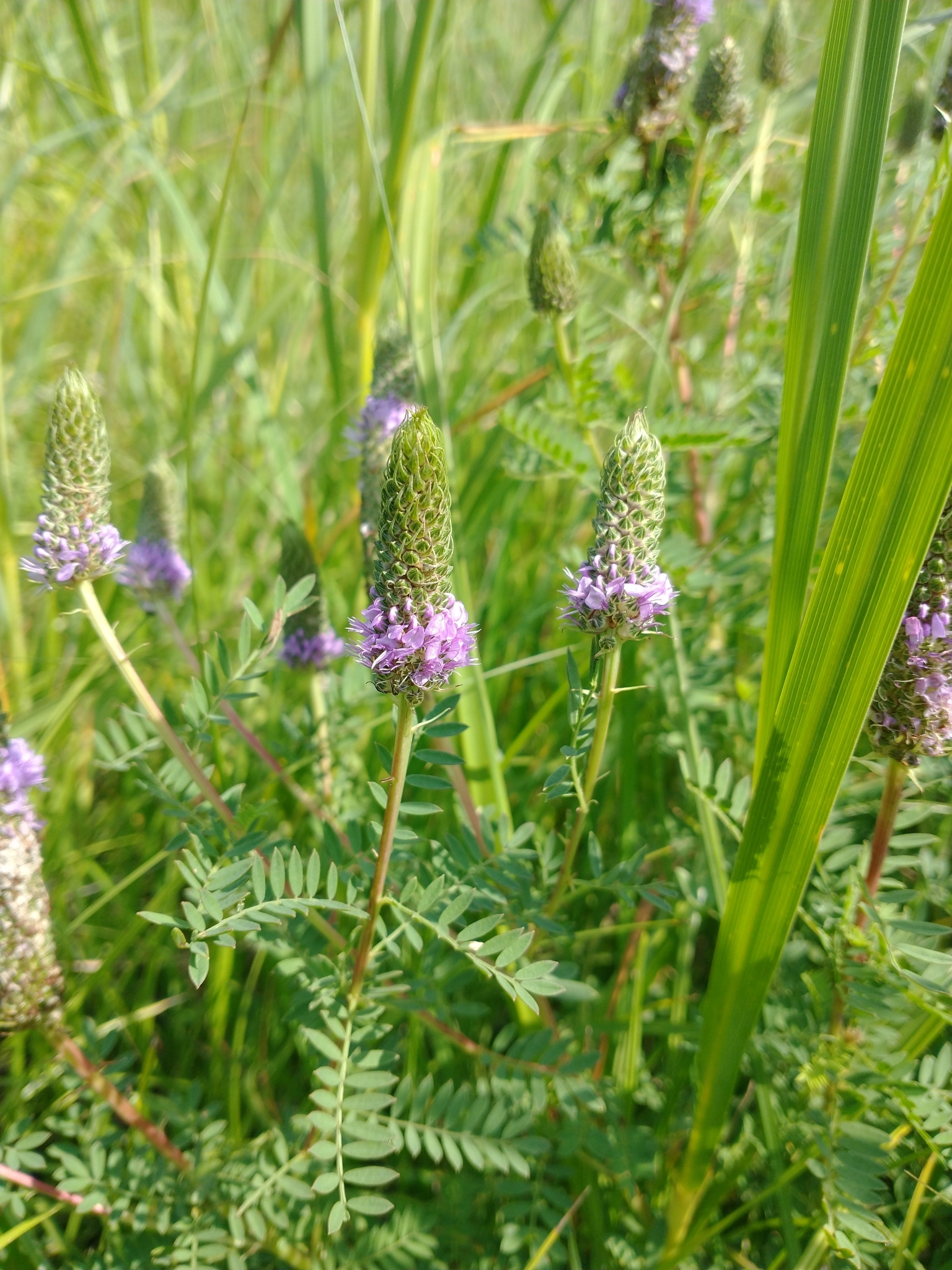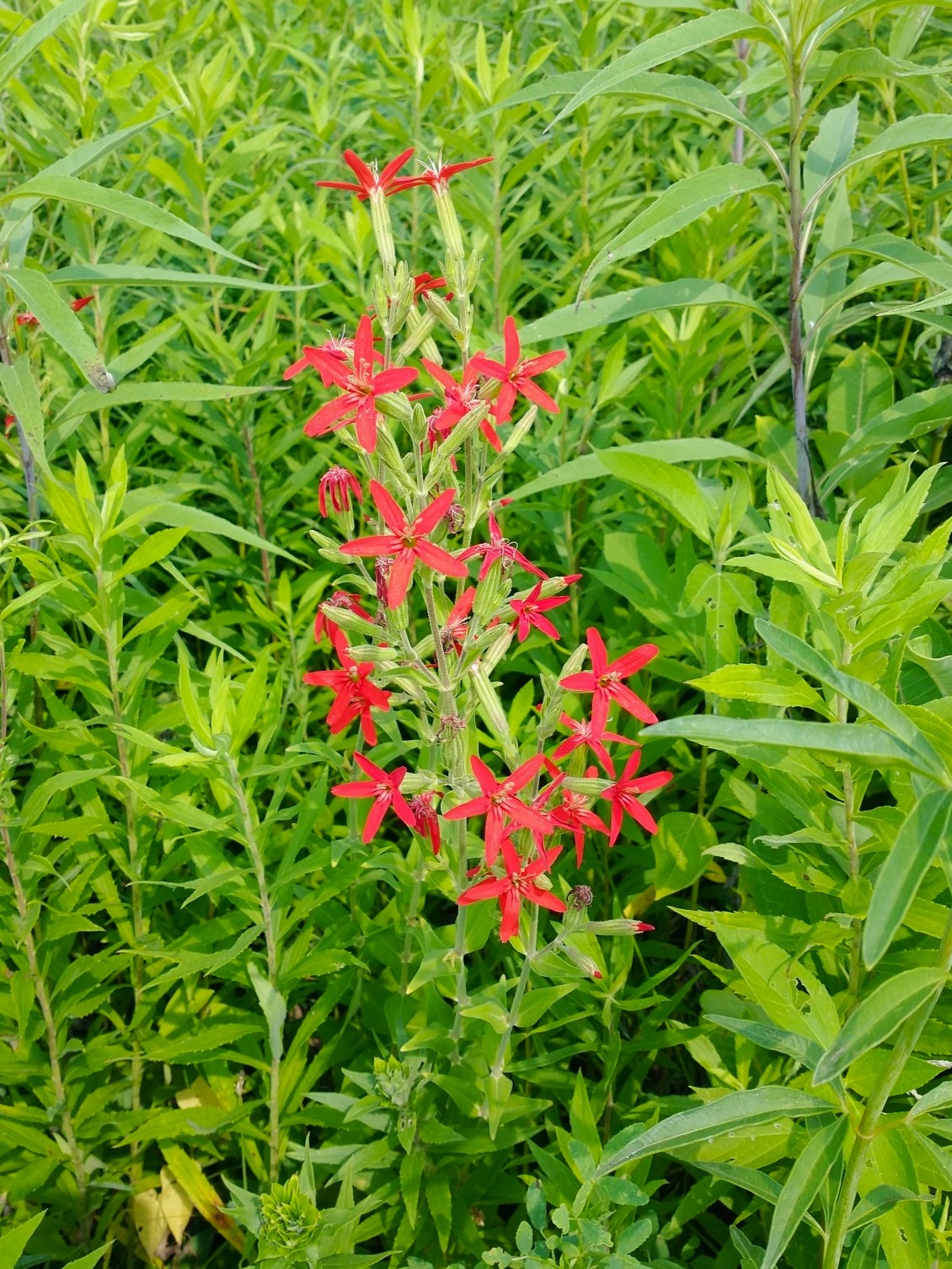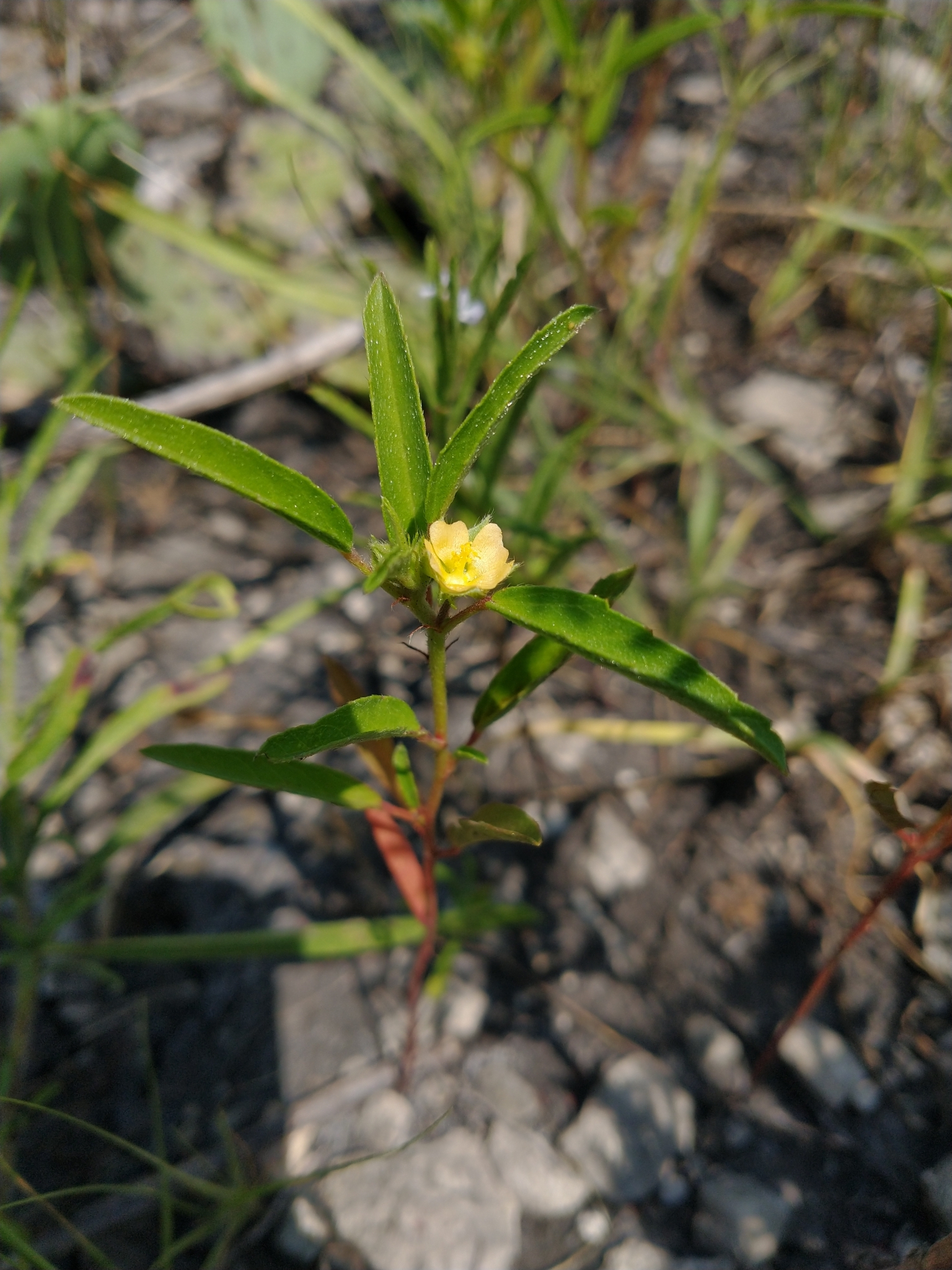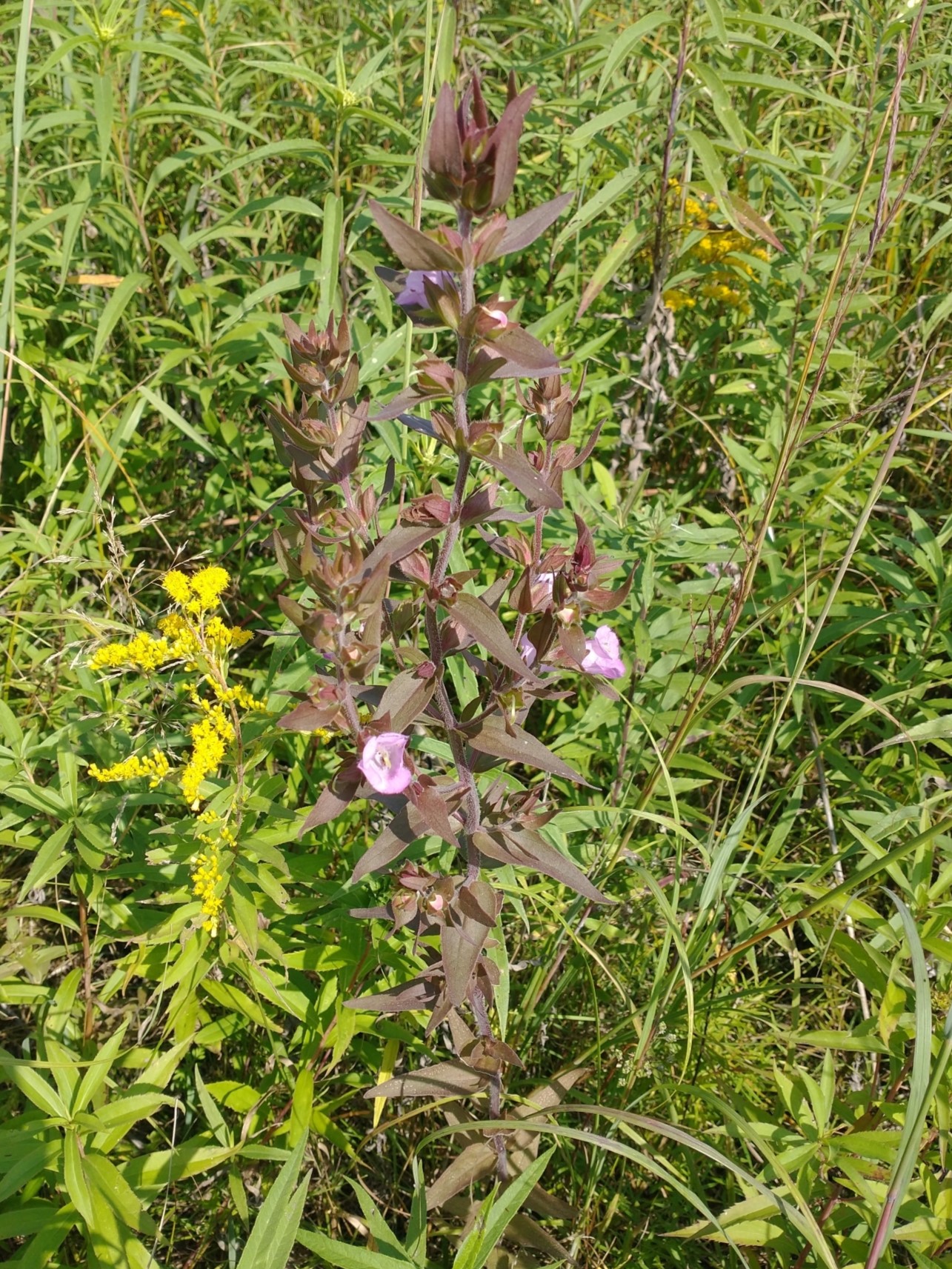Over the course of the internship at Midewin, we have worked with Plants of Concern (POC), a rare plant monitoring program based in the Chicago Botanic Garden, which monitors populations of rare and state listed plants at Midewin. We also worked with the US Fish and Wildlife to monitor federally endangered Dalea foliosa (leafy prairie clover). The Plants of Concern protocol revolves around “subpopulations,” which are defined as having a distance of at least 50 meters between the nearest plants. Separate EO’s (element occurrences) are considered separate populations; many EO’s have more than one subpopulation. Level one protocol is focused on assessing the extent and abundance of plants in a subpopulation, and it is done for all subpopulations monitored by POC. Level two protocol provides information on demographics by looking at a small area and seeing how many fruits and seedlings plants are produced. Information is also recorded on threats to the population, including invasive species (both herbaceous and woody plants) and other impacts such as deer browse and trampling.

We monitored 3 subpopulations of Silene regia (royal catchfly), 2 subpopulations of Malvastrum hispidum (hispid false mallow), a subpopulation of Trifolium reflexum (buffalo clover), 4 subpopulations of Agalinis auriculata (eared false foxglove), and a subpopulation of Sanguisorba canadensis (Canadian burnet) with POC, as well as one subpopulation of Dalea foliosa with USFWS and another subpopulation with Midewin staff. Interestingly, species can behave quite differently in restorations as compared to wild populations. For example, Silene regia was very rare in the wild and was extirpated from the Chicago Region according to the Flora of the Chicago Region, whose authors assigned this species a C value of 10. So, the population we monitored was re-introduced, not wild. However, it has been highly successful in restoration, being present in most of the restorations at Midewin (coming up from seed), and the population we monitored has over 1000 individuals. Interestingly, in some of the places where it grows, it seems to prefer more disturbed areas over higher quality ones. In one restoration, it was growing happily in the weedy roadside border with Bromus inermis and Pastinaca sativa but avoiding the adjacent restoration with diverse native vegetation such as Dalea purpurea, Baptisia alba, Eryngium yuccifolium, Sorghastrum nutans, Parthenium integrifolium, Silphium laciniatum, and Silphium terebinthinaceum. Given that the core of this species’ range is in the Ozarks of Missouri, I wonder whether Silene regia was simply dispersal-limited. Now that it has human assistance through widespread seeding in many restorations and even ornamental plantings (due to its showy flowers), it may be more widespread in the region than it ever was to begin with.


Thankfully, Agalinis auriculata also seems to be doing quite well from seeding in restorations as it was present in at least two sites outside of the original two remnant sites at Midewin. The restored populations may now even outnumber the remnants. It would be interesting to monitor these restored populations and verify whether this is true. I believe that this shows that many plants are only rare because of lack of habitat, and that re-creating the habitat where it had been erased previously, and re-introducing these species, can be a resounding success.

